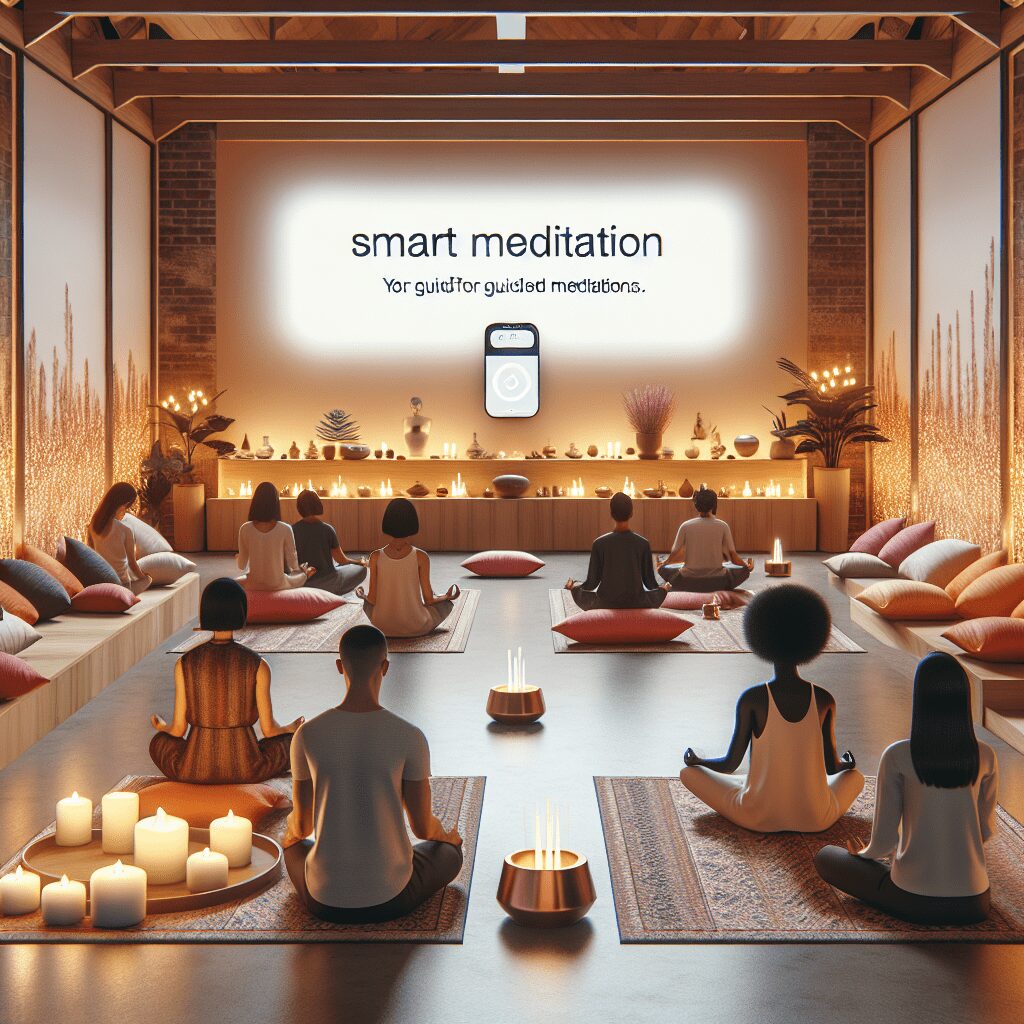
Prioritize your mental well-being daily. Enhance your life by nurturing your mental health with the Smart Meditation app. Break free from stress, alleviate anxiety, and enhance your sleep quality starting today.
Do You Have To Sit Upright To Meditate?
Debunking the Myth: Meditation Posture Unraveled
When it comes to meditation, there’s a common image that pops up in most people’s minds: someone sitting in the lotus position, back ramrod straight, in utter silence. It’s as if this picture has been ingrained in our collective consciousness, leading many to believe that this is the only way to reap the benefits of meditation. But let’s get real – is sitting upright the only ticket to achieving mindfulness nirvana? Or is it time to lay this myth to rest?
The Lowdown on Meditation Postures
First things first, let’s get one thing crystal clear: meditation isn’t about twisting your body into a pretzel or making sure your posture could pass a military inspection. It’s about what’s happening on the inside – your mind, your thoughts, and your focus. Sure, traditional teachings emphasize the importance of an upright position, but that’s not the end of the story. Here’s the scoop on why flexibility in your meditation posture might just be the breath of fresh air your practice needs.
-
Comfort is King: Let’s face it, if you’re uncomfortable, you’re going to be spending more time thinking about your aching back than focusing on your breath or mantra. Finding a position that you can hold comfortably for the duration of your meditation is key. Whether it’s sitting in a chair, lying down, or even walking, the best posture for meditation is one that you can maintain without distraction.
-
Mind Over Matter: The core principle of meditation is mind management, not mastering a specific sitting style. If your body is screaming in discomfort, your mind is going to have a hard time staying in the zone. Choose a posture where your body can fade into the background, allowing your mind to step into the spotlight.
-
Different Strokes for Different Folks: Just as we all have unique personalities, our bodies and their needs are unique too. Some may find sitting upright with a straight spine works wonders, while others might find solace in lying down with a pillow under their knees. The key is to listen to your body and respect what it’s telling you.
Embrace Your Own Style
Breaking free from the notion that meditation requires a strict, upright posture opens up a world of possibilities for your practice. From comfy armchairs to plush cushions on the floor, the world is your meditation oyster. Experiment with different positions and notice how each affects your practice. It’s all about finding what works for you and running with it.
-
Personalize Your Space: Make your meditation area inviting. Whether it’s a corner of your bedroom or a spot in your living room, create a space that calls to you. A welcoming environment can make all the difference in how you approach your practice.
-
Body Awareness Boost: Playing around with different postures can also deepen your body awareness. Pay attention to how various positions affect your focus, breathing, and overall meditation experience. This heightened awareness can be a powerful tool both on and off the cushion.
Meditation is a personal journey, one that’s as unique as your fingerprint. While the image of the lotus position might be the poster child for meditation, remember that it’s not a one-size-fits-all deal. The true essence of meditation lies in the mind, not the posture. So go ahead, get cozy, and let your meditation practice be a reflection of you – flexible, personal, and uniquely yours. After all, when it comes to meditation, the only “right” way is the way that works for you.





